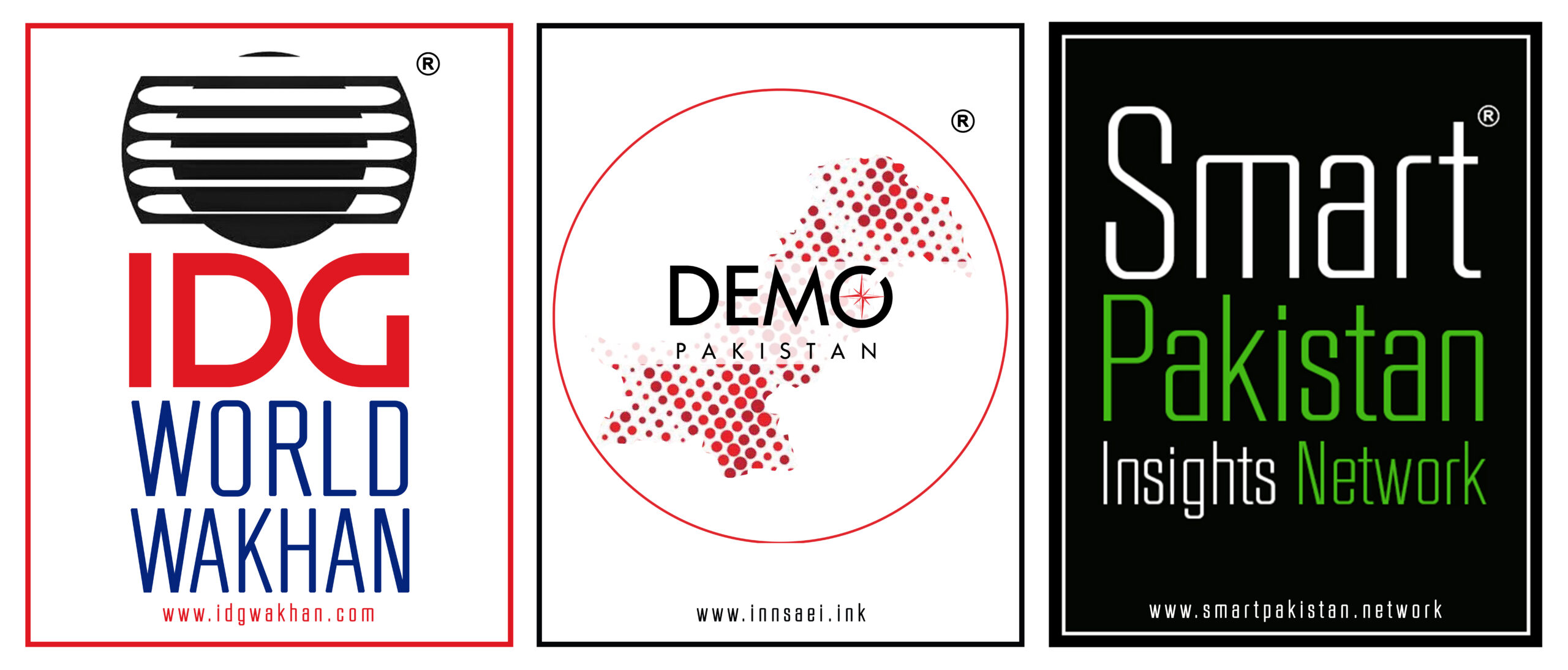The global tech workforce is shifting as cities across Asia-Pacific increasingly match or surpass traditional tech centers in North America and Europe. According to data published in CBRE Consulting’s Global Tech Talent Guidebook 2025, and originally shared on the Voronoi app, multiple urban centers in Asia have crossed the benchmark of 500,000 tech professionals, positioning themselves as powerhouse markets in the current global tech landscape.
The latest mapping of tech talent hubs shows Beijing, Bengaluru, Shanghai, Tokyo, Delhi-Gurugram, Hyderabad, Mumbai, and Shenzhen each with more than half a million tech workers. These eight markets, all located within Asia, outpace or rival historically dominant hubs such as San Francisco Bay Area and London, highlighting the region’s expanding influence in shaping global technology trends. Beijing, for example, is home to ByteDance, one of the world’s most valuable private companies, while Bengaluru continues to serve as a core location for firms like Infosys. Tokyo, with Sony, and Shanghai, with Alibaba, further solidify their roles as pillars of innovation and technical employment in the region.
Guangzhou also ranks among the high-talent cities, with between 300,000 and 500,000 tech professionals, sharing this range with London. These findings reflect a decentralization of the tech workforce, as robust ecosystems emerge beyond Silicon Valley. The Asia-Pacific region led the count with 16 major hubs, followed by North America with 15. Paris remains the only European city to join the ranks of powerhouse markets, supported by companies such as Capgemini and Mistral AI.
Powerhouse markets are defined by a combination of factors including the size of their tech talent pools, access to capital, stability of local regulations, maturity of their tech ecosystems, and attractiveness to both domestic and international tech entrepreneurs. In addition to established cities, emerging markets are also driving demand for skilled professionals, especially in fields like artificial intelligence, software development, and data engineering.
While Silicon Valley continues to play a central role in the North American context, the rise of cities across India, China, and Japan underscores how global the tech talent landscape has become. As firms increasingly look to diversify their operations geographically, these cities offer both the infrastructure and workforce needed to support innovation across industries.
The data, visualized on the Voronoi app, was based on comprehensive metrics assessing workforce numbers and ecosystem maturity. It also correlates closely with a broader shift toward distributed innovation, particularly in AI-driven sectors, software solutions, and advanced data infrastructure.
To explore more data visualizations and insights on science, innovation, and technology ecosystems, users can access the full set of graphics and reports on the Voronoi app, available for download on both iOS and Android.




